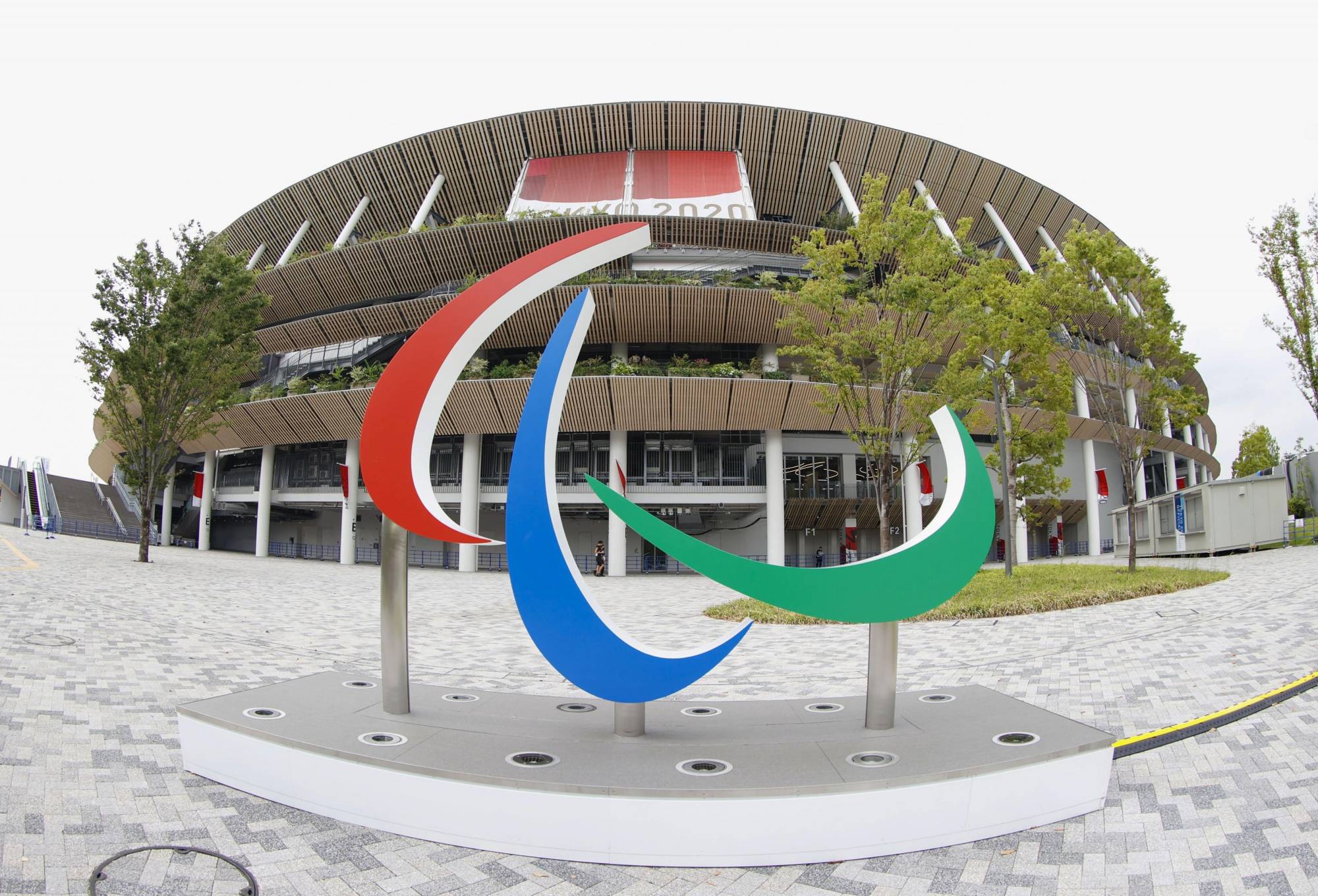Television coverage of the Paralympics introduced many relatively unknown athletes and sports to Japanese viewers during the stay-at-home summer of 2021.
But not all sports were equal when it came to television coverage of the Games, and barring spectators from the Tokyo Paralympics did not help some of the more obscure and unique disability sports get the airtime many would argue they deserve.
The more popular sports like athletics and swimming were broadcast live, starting with the qualification rounds, during the Aug. 24-Sep. 5 games, but more niche sports without Japanese medal contenders like powerlifting and taekwondo were absent.
"It's disappointing, to say the least. It must be hard for the athletes," said Japanese powerlifter Hajime Ujiro, who placed sixth in the men's 72-kilogram competition.
Powerlifting is effectively a bench-press competition, of which there is no Olympic equivalent. Athletes compete in different weight categories and some Paralympians have been known to surpass bench press world records held by people without disabilities.
"Many people don't understand the charm or depth of the sport. If there was live broadcast coverage it would have been an opportunity to familiarize them with our sport," said Tomohiro Kose, who competed in the 59 kg division.
Yuki Ota, a two-time Japanese Olympic fencing silver medalist, felt it was a pity that impressive athletes like Italian wheelchair fencer Beatrice Vio, who has 1.1 million Instagram followers, were unable to showcase their talents to a national audience.
"It's so sad that there are zero live broadcasts," he tweeted.
Media visibility and representation of people with disabilities in Japan is generally poor. But with the focus on the Paralympic Games this summer, the athletes had hoped to get their moment in the sun.
The coronavirus pandemic forced a one-year delay of the Games, then a spectator ban, turning the Games into a TV-only event.
But some of the must-see moments of the Paralympics were not available for the Japanese public to see on TV. For example, there was no television channel that archery fans could tune into to get full coverage.
"The spectator ban can't be helped, under the coronavirus situation. But I wish they had broadcast our matches for ticket holders," said Paralympic archer Miho Nagano, whose event got little attention.
National broadcaster NHK had more than 540 hours of Paralympic coverage planned across all its channels and online, more than any previous host broadcaster, bettering the previous record, held by the U.K.'s Channel 4 and its coverage of London 2012, according to the International Paralympic Committee.
Outside of NHK, live coverage of the Paralympics moved to Japanese commercial TV for the first time, but until the Paralympics get national and international television coverage equal to that of the Olympics, the brand equity gap will remain.
Powerlifter Hiroshi Miura is hoping his sport increases its fan base, which will in turn improve the quality of those taking part and, with medal hopes lifting at the games, draw a larger television audience.
TV personality So Takei, who was appointed head of the Japanese Fencing Federation in June, has been doing his part in promoting para sports by hosting inclusive sport shows.
He said para athletes and organizations should make an effort to use social media and video platforms to reach out to an untapped fan base. He understands that viewing habits are changing, and television is not enough to satisfy the Japanese appetite for sports.
"The battle starts now," he said.




